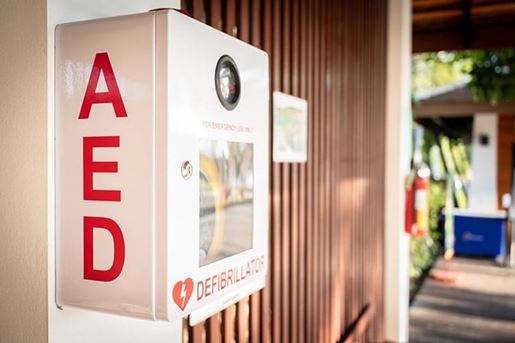Optimizing Outcomes After Out-of-Hospital Cardiac Arrest With Innovative Approaches to Public Access Defibrillation
Published: February 15, 2022

- Public-access defibrillation has saved countless lives. However, AEDs remain underused and the increased use of AEDs can contribute to improving survival from out-of-hospital cardiac arrest.
- Although barriers exist with more consistent AED use, there are many opportunities to address the barriers with new approaches to public-access AED program implementation, including changing the behavior or potential users, improving availability and knowledge of location and use of AEDs, working with existing emergency dispatch, and improving device technology.
- This statement summarizes specific policy suggestions and identifies the knowledge gaps for future research. Continued evolution of our approach to public-access defibrillation with increased early CPR, rhythm detection, and defibrillation will improve cardiac safety in our communities and ultimately increase survival after OHCA.